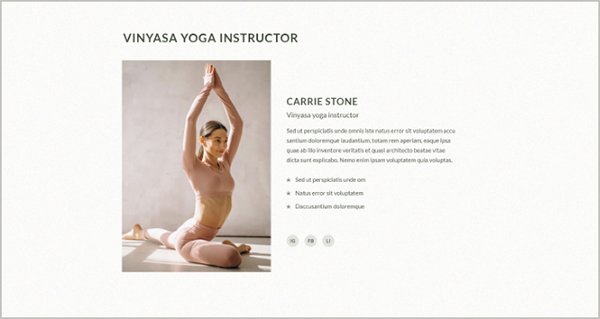What is Vinyasa Yoga?
What is Vinyasa Yoga?
Vinyasa yoga, some of the most popular classes at Iam Yoga are our Flow classes – a style of practice where each breath is matched with movement. Especially in the hot room, Flow classes can be challenging and flat-out addictive; they’re a great chance to work hard while focusing on the breath. During your Flow classes, you may have heard your teacher say something along the lines of “take a vinyasa,” referring to the movements of Surya Namaskar that move from Downward Dog through Chaturunga and Upward Dog and back. But the word “vinyasa” has much deeper roots than a description of movement.
Vinyasa-style yoga is derived from Ashtanga, a series of poses created by Sri Krishnamacharya (1888 – 1989) and brought to the West by K. Pattabhi Jois (1915 – 2009). Krishnamacharya was a pioneer in creating and sequencing the asanas we define today as the practice of yoga. His practice was to tailor every student’s yoga based on their individual needs and goals. Krishnamacharya’s students were the first to popularize yoga in the Western world; his most famous students were Jois and BKS Iyengar, fathers of the Ashtanga and Iyengar lineages, respectively.
To Krishnamacharya, the approach to the physical practice was different for each person based on intention and need, and here we get to the root of the word: “Vinyasa” is derived from the Sanskrit term nyasa, which means “to place,” and the prefix vi, which means “in a special way.” In other words, “vinyasa” means to place with intention, or the placement of actions in a mindful way.
Vinyasa is about linking each movement with breath, but more than that, vinyasa is about placing each movement with intention. This may seem vague, so let’s break it down further. Start with addressing your own starting place for your practice. What is going on with your body right now? What is your energy level? What is your mental state? Do you have injuries or tightness? Based on where you are starting, what do you need? By starting with where you are now, you can begin to gain an understanding of what your practice needs to look like today – not yesterday or tomorrow.
It is not simply the type of pose that you can adjust depending on how your body is feeling today; it’s also the approach to each pose that is essential to the intention of your practice. Obviously, there’s a big difference between a core flow class and a restorative class, and different styles can serve you at different times. But you can also repeat set sequences like the Ashtanga Primary series and have a different practice every day because of the way that you approach each pose and the intention you place on each movement.
For example, imagine a simple flow, or Surya Namaskar A, moving from the top of the mat through chaturunga and downward dog. As you move through your vinyasa, are you focusing on strengthening by strongly engaging the necessary muscles in each pose? Or are you focusing on the expansion and contraction of the breath to create space in your rib cage to let go of tension? Or are you focusing on pressing into the ground to balance a sense of anxiety or ungroundedness? Focusing on grounding doesn’t mean not using your muscles properly; just the intention is different, and that can mean the outcome of your practice is different.
In this way, each action in your physical practice is accompanied by an intention for that action, a reason for placing your body and mind just so, with an intended reaction. As you move through your practice, linking each action with the breath and placing yourself with intention, you can begin to create balance in your body.
“Vinyasa” combines movement, breath, and intention. The next time you attend a class, take a few minutes and try to approach your practice from exactly where you are to see if you can tailor your own practice to be exactly what you need.
Questions? Remember that the teachers are always there to help guide you through the practice!


